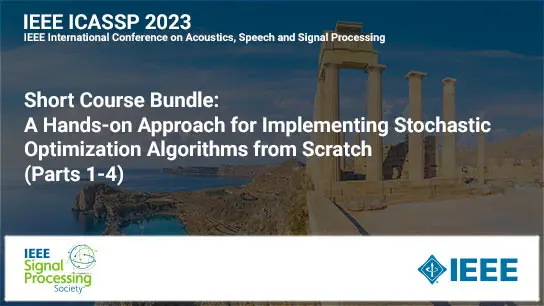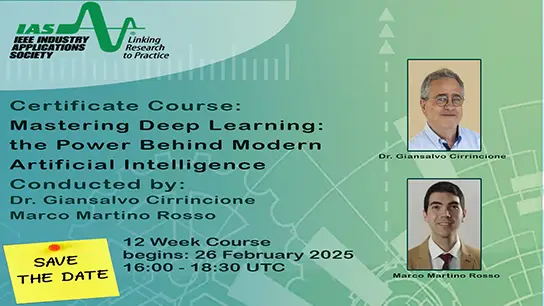-
Members: FreeSPS
IEEE Members: $11.00
Non-members: $15.00Length: 13:34
20 Oct 2023
To process and transfer large amounts of data in emerging wireless services, it has become increasingly appealing to exploit distributed data communication and learning. Specifically, edge learning (EL) enables local model training on geographically disperse edge nodes and minimizes the need for frequent data exchange. However, the current design of separating EL deployment and communication optimization does not yet reap the promised benefits of distributed signal processing, and sometimes suffers from excessive signalling overhead, long processing delay, and unstable learning convergence. In this webinar, we provide an overview on practical distributed EL techniques and their interplay with advanced communication optimization designs. In particular, typical performance metrics for dual-functional learning and communication networks are discussed. Also, recent achievements of enabling techniques for the dual-functional design are surveyed with exemplifications from the mutual perspectives of “communications for learning” and “learning for communications.” For EL over wireless networks, the fundamental difference between digital and analog transmissions is presented. The applications of EL techniques within a variety of future communication systems are also envisioned for beyond 5G (B5G) wireless networks. For the application in goal-oriented semantic communication, we present a first mathematical model of the goal-oriented source entropy as an optimization problem. In addition, from the viewpoint of information theory, we identify fundamental open problems of characterizing rate regions for communication networks supporting distributed learning-and-computing tasks. We also present technical challenges as well as emerging application opportunities in this field including wireless big AI model, with the aim of inspiring future research and promoting widespread developments of EL in B5G.


